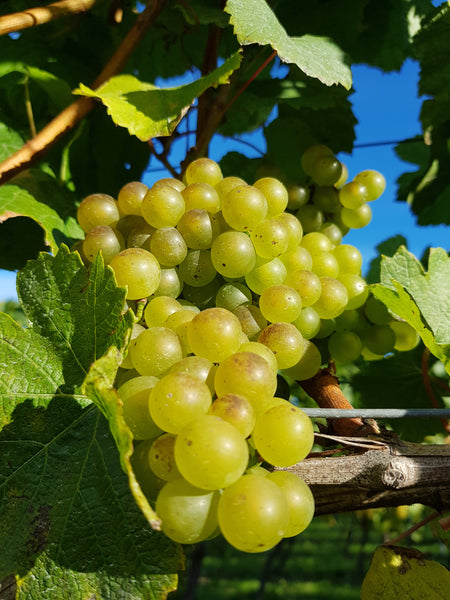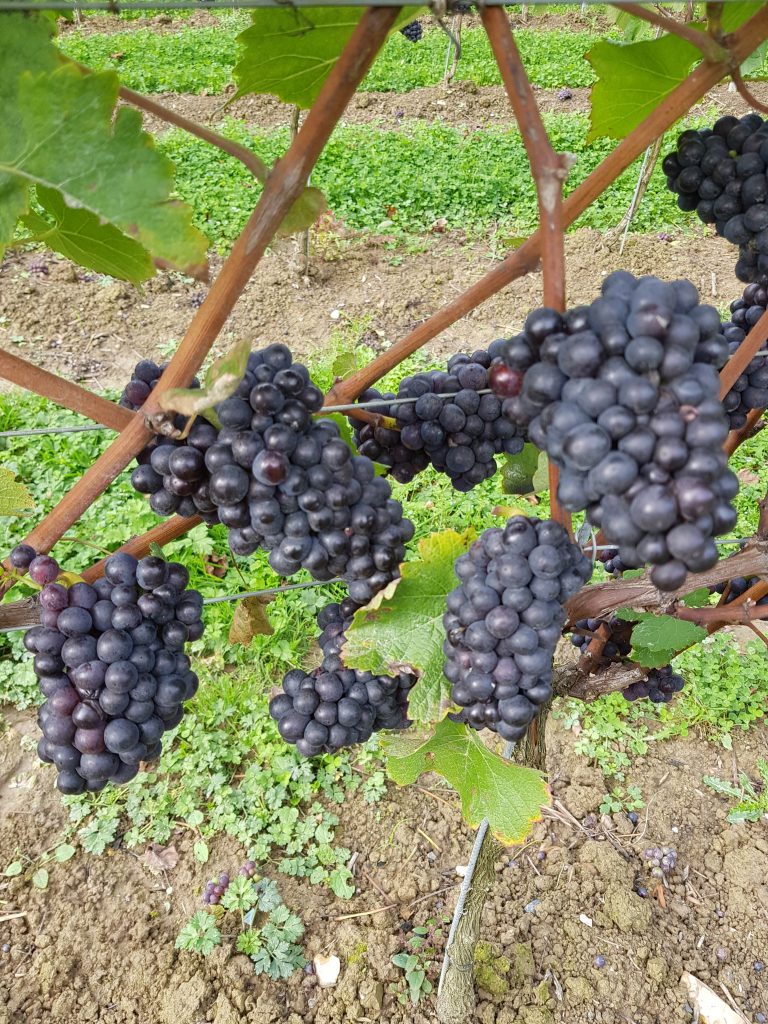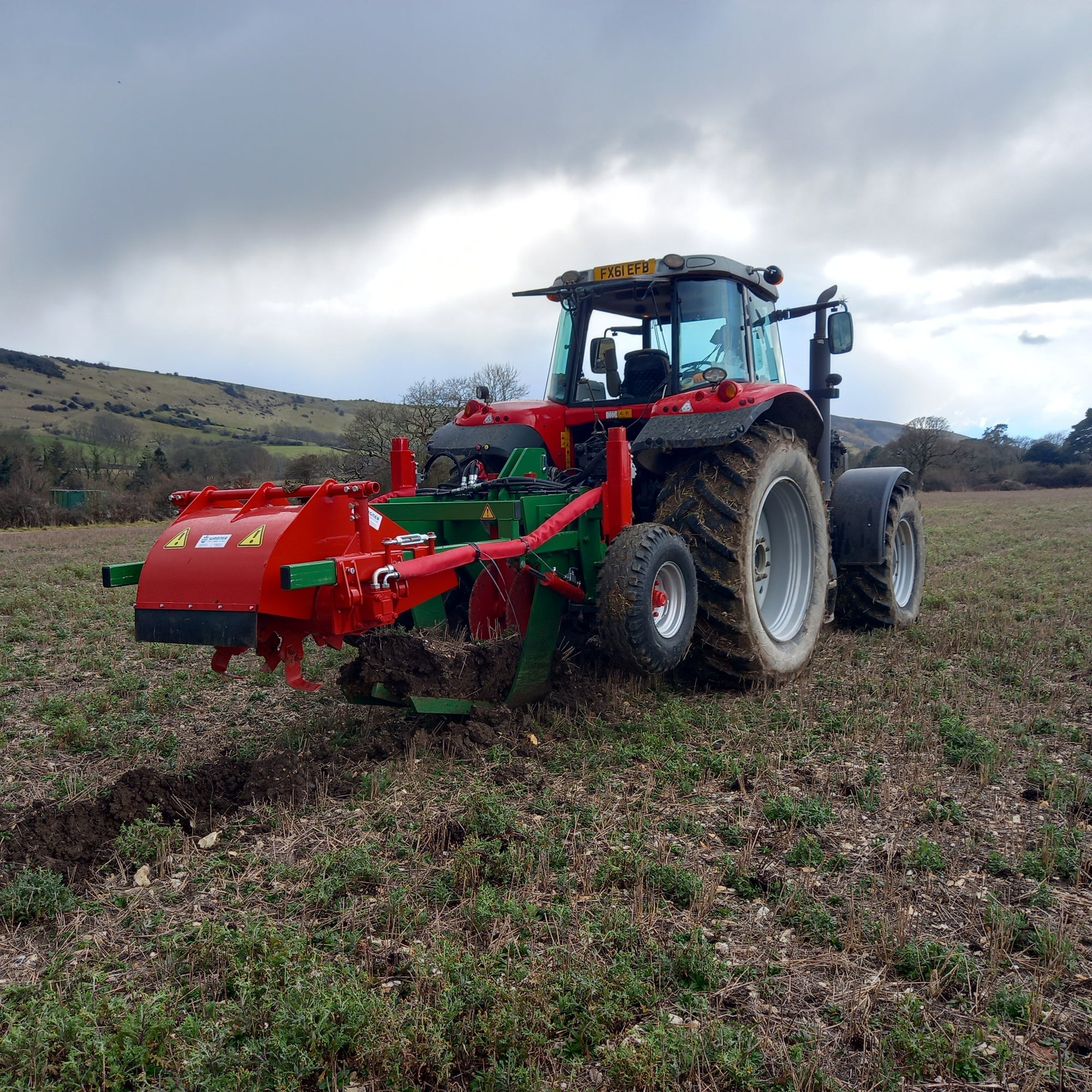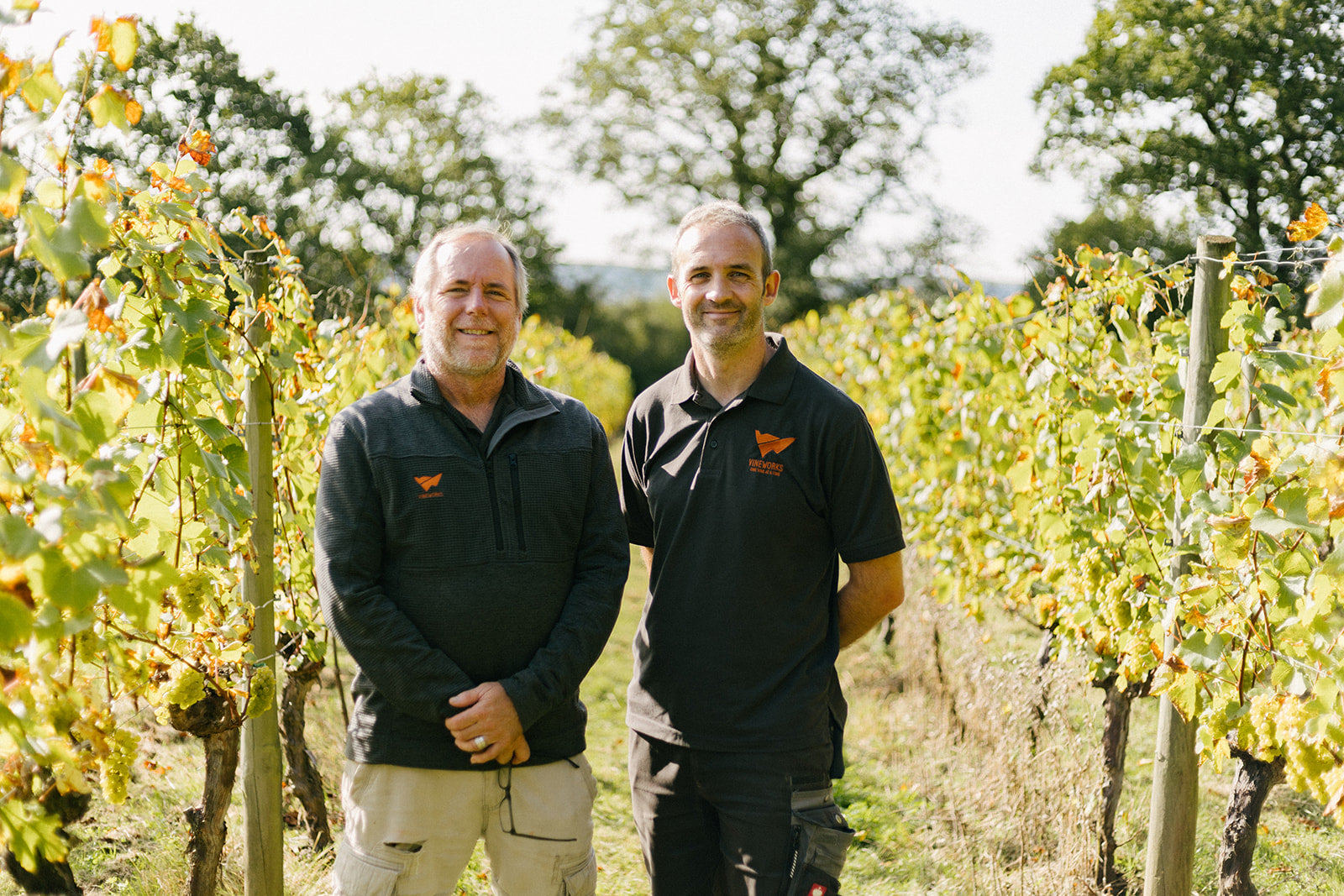fundamental mistakes made this year can be traced back to one crucial vineyard operation; the need to conduct a proper yield estimation.

Watching the sun ripen an abundance of grapes over a summer of fantastic weather can lull us into a false sense of ‘vineyard success’ before the harvest is even in. But what are some of the negatives associated with a high yield? One of the major ones is the mistake of over-cropping. We always recommend that a vineyard should prune and green harvest, if necessary, to achieve a balance that a vineyard can support. For example, if your historical vineyard data suggests you can ripen within a conservative time frame, (e.g. high quality grapes at 12t per Ha), then green harvesting should be considered after veraison to achieve that balance. The only way to make an informed decision is by doing an accurate yield estimate. This year, several vineyards struggled to achieve an acceptable ripeness as they were sitting on yields in excess of 18t per Ha. Inevitably, disease set in and the fruit had to be taken at lower ripeness levels. If you are a grower and dependent on achieving high ripeness levels for a higher reward pay out, then you may have been affected economically and disappointed because a gain should have been possible.
Another negative effect of a high yielding year is the dip in the open market grape price. If you were solely dependent on the open market to sell grapes, and you managed to negotiate sales before harvest began, then you probably did reasonably well. By the end of harvest, prices for sparkling wine grapes had dropped on average from £2400 per tonne to £1000 per tonne.
Wineries suffered as well. Many growers brought in double the tonnage estimated, which resulted in tanks filling up very quickly. Some contract wine makers had to cancel contracts because of lack of tank space. Many scrambled to purchase or rent tanks, but this is a difficult situation to solve in the midst of a pressure cooker harvest. In the end, a lot of fruit was left, or dropped, simply because it had nowhere to go.

Organised labour faced challenges too. An appropriate number of pickers showed up to pick a declared eight tonnes, but actually had to deal with 12 tonnes. No matter how experienced you are, that is still a challenge when you are understaffed.
If we can learn anything from this past harvest it should be the need to perfect and/or learn how to do a proper yield estimate. If you don’t know how to do one, then it should be a priority to learn how to carry one out over this winter. There are many ways to do it, and I suggest starting with Patrick Iland’s example in his book From Grapes to Wine. Standing at the top of a row and weighing one bunch and multiplying it over a number of vines is not a recommended approach. If your sample size is less than 30, then it is not statistically viable. Performing an accurate yield estimation after veraison will allow you to make a decision whether to green harvest; protecting the vineyards balance towards a high quality yield and ensuring an optimum pay out for the grower. It will also reduce the chaos witnessed in the wineries this year. If the winery has accurate yield estimates from growers, then they can plan early to acquire more tanks, or warn the grower that they may be unable to take it all, allowing them to make other arrangements. Labour can be organised accurately to pick a vineyard’s yield with the right picker-to-tonnage ratio.
Getting your yield estimation right will, above all, prevent us from having to drop fruit in the future simply because we had nowhere for it to go.




